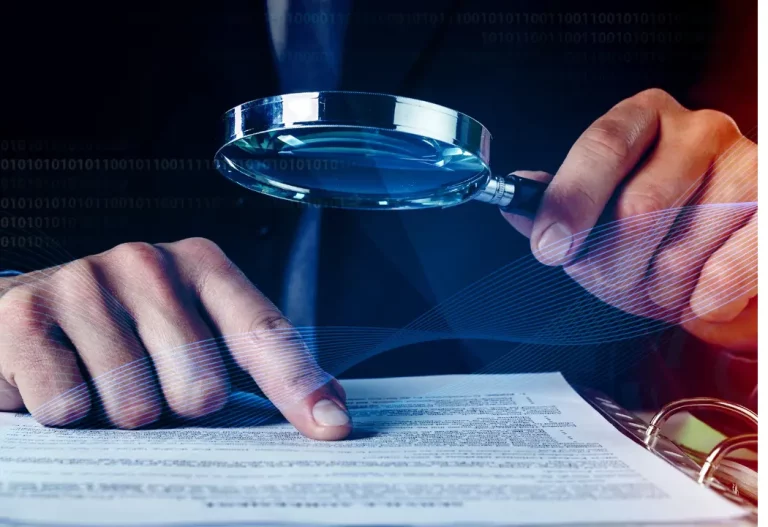One of the common pitfalls in patent reading is the misinterpretation of this legal language, which can subsequently result in misunderstandings about the patent’s actual intent and far-reaching implications.
The dense legal terminology used in patents is specifically tailored to capture the intricate details of an invention and its associated legal rights.
However, for those who lack familiarity with patent law, deciphering these terms can be like navigating a labyrinth without a map. Misunderstandings can arise when certain terms are interpreted in a broader or narrower context than intended, leading to skewed perceptions about the patent’s scope and boundaries.
Inaccurate interpretation of legal language can have ripple effects throughout the patent reading process. It can lead to an incomplete or distorted understanding of the patent’s claims, potentially missing crucial aspects that determine its uniqueness.
Additionally, misinterpretations can lead to misguided assumptions about the patent’s enforceability, potential infringement risks, and competitive implications.
To avoid this common mistake, patent readers need to invest time in building a foundational understanding of patent law terminology. Familiarity with key legal terms, such as “claims,” “infringement,” “prior art,” and “novelty,” is paramount. This knowledge equips patent readers with the tools to accurately dissect the language used in patents and grasp their precise meaning.
Furthermore, seeking guidance from experts in patent law can significantly alleviate the challenges posed by legal language. Patent attorneys or professionals with a strong legal background can provide valuable insights and clarifications, ensuring that patent readers accurately interpret the patent’s content and implications.
In the multifaceted world of patents, where innovation and legal intricacies intertwine, the art of precision in reading stands as a cornerstone. The journey through the maze of patent documents can be both enlightening and challenging, and the significance of accurate interpretation cannot be overstated.
By steering clear of the common mistakes discussed in this blog and embracing a holistic and thorough approach, individuals can elevate their prowess in deciphering patents, leading to a deeper understanding of the technological landscape.
Averting these frequently encountered errors empowers individuals with a unique vantage point. This perspective not only offers a more comprehensive grasp of the inventions detailed within patents but also enables stakeholders to make informed decisions that hold ramifications for innovation, competition, and intellectual property protection.
In this era of rapid technological evolution, the ability to read patents accurately extends beyond mere comprehension. It becomes a catalyst for strategic planning, risk mitigation, and, most importantly, innovation. Armed with the insights derived from meticulous patent reading, inventors, entrepreneurs, and businesses can navigate intellectual property complexities with confidence. They can harness the knowledge encapsulated within these documents to fuel their own creativity, drive advancements, and shape the future.
The pursuit of mastering the art of patent reading is an investment that yields manifold returns. It is a journey of continuous learning, of refining one’s analytical skills, and of unraveling the intricate tapestry of innovation. With diligence, dedication, and a commitment to avoiding these prevalent pitfalls, one can transcend the ordinary and become a skilled navigator of patents. In doing so, individuals not only safeguard their intellectual property interests but also contribute to the larger tapestry of human progress by unlocking the insights that patents hold, ultimately propelling us towards a more innovative and prosperous future.






